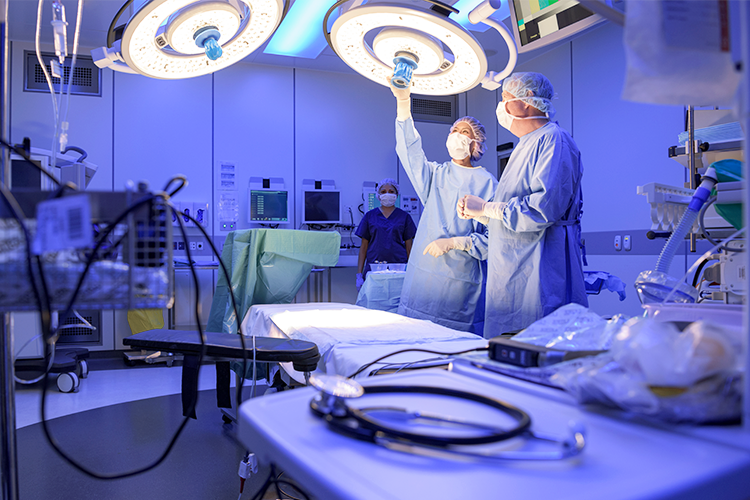Same Light Levels, Less Lumens: How it Works
December 15, 2013
“How can I go from a 400W lamp to an 180W LED fixture and get the same light levels?”
I get asked this question all of the time, either from customers or people new to the industry.
At first it seems crazy, right? Going from 40,000 lumens (lm) to 18,000lm and getting the same foot-candle (fc) light levels? Well, to get there you must consider three factors: lumen depreciation, fixture efficiency and directionality.
Lumen Depreciation. As a lighting designer, I can’t design for the first day the lights go on. I have to design for the mean output of a lamp over its lifetime (20,000 hours in the case of metal halide lamps). This leads to over-lighting the space for the first 40% of the lamps’ rated lifetime…and under-lighting it for the remainder.
Again, as a lighting designer, I have guidelines for how to deal with this. I need to design for the lumen output of that lamp at 40% of its rated lifetime (20,000 hours x 40% = 8,000 hours). These are my design lumens. In the case of metal halide lamps, I need to apply a Lamp Lumen Depreciation value of 65%. So now, instead of 40,000lm, I’m at 65% of that: 26,000lm.
Fixture Efficiency. This is accounted for in the photometric files from the manufacturer, which we use for running computer calculations. It’s also an important step to understand how we can get the “same amount of light” from an 18,000lm LED fixture.
LED fixtures are unique in that they are measured with “absolute photometry.” This means that when a manufacturer says an LED fixture is 18,000lm, that’s what you get: 18,000lm (+/- 5% based on LED efficacy bins). The lumens of that fixture degrade so slowly (8% over 100,000 hours) that it’s barely worth accounting for. You can basically design for 18,000lm.
All other light fixtures are measured with “relative photometry.” This means that your lighting design can include different lamps of different wattages and lumen outputs. The efficiency of that fixture is the same no matter which conforming lamp you use.
For example, a typical metal halide highbay fixture provides about 80% efficiency for getting the lamp lumens out of the fixture. Only 80% of the 40,000 lamp lumens are actually getting out of the fixture. We were at 26,000 design lumens after considering lumen depreciation; now I am at 80% of that: 20,800lm
Directionality. There’s no real percentage I can apply to this, but all of the LED lumens are directed downward, while a certain percentage of metal halide lumens (depending on the fixture) will be directed upward or to the side. This usually results in reduced lighting levels at your task.
The Right Light Level for the Space
It’s also important that the new lighting design reflects the current use for the space. For example, the original design might have been for a manufacturing facility that required 50 footcandles (fc), but now that space is just a storage facility that requires 20 fc.
Doing a blind, one-for-one fixture replacement 400W metal halide to 18,000lm LED fixture probably ends up making that space brighter than it needs to be and uses more energy than necessary.
When designing a lighting retrofit, the goal isn’t to match or increase light levels, but to provide the CORRECT light levels. Sometimes that’s an increase. Sometimes it’s a decrease. And sometimes the existing light levels are what they should be.
Getting to 18,000lm
So after taking fixture efficiency, lumen depreciation and directionality into consideration, we lost 35% from lumen depreciation, 20% from fixture efficiency and probably 15% from directionality of the metal halide fixture. Our original 40,000lm metal halide lamp is now down to 17,680 lumens, very close to our LED fixture’s 18,000lm.
This leaves us with the same design footcandle levels, 280W less energy and probably a good 10 years without having to worry about the LED fixture.
Tony Johnson is Energy Management Collaborative's Technology Manager. In this role he combines his background in lighting & controls design and solid state light fixture design with his expertise in energy savings to evaluate emerging technologies for EMC customers.


